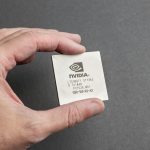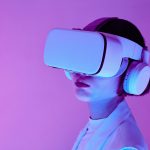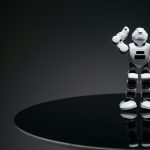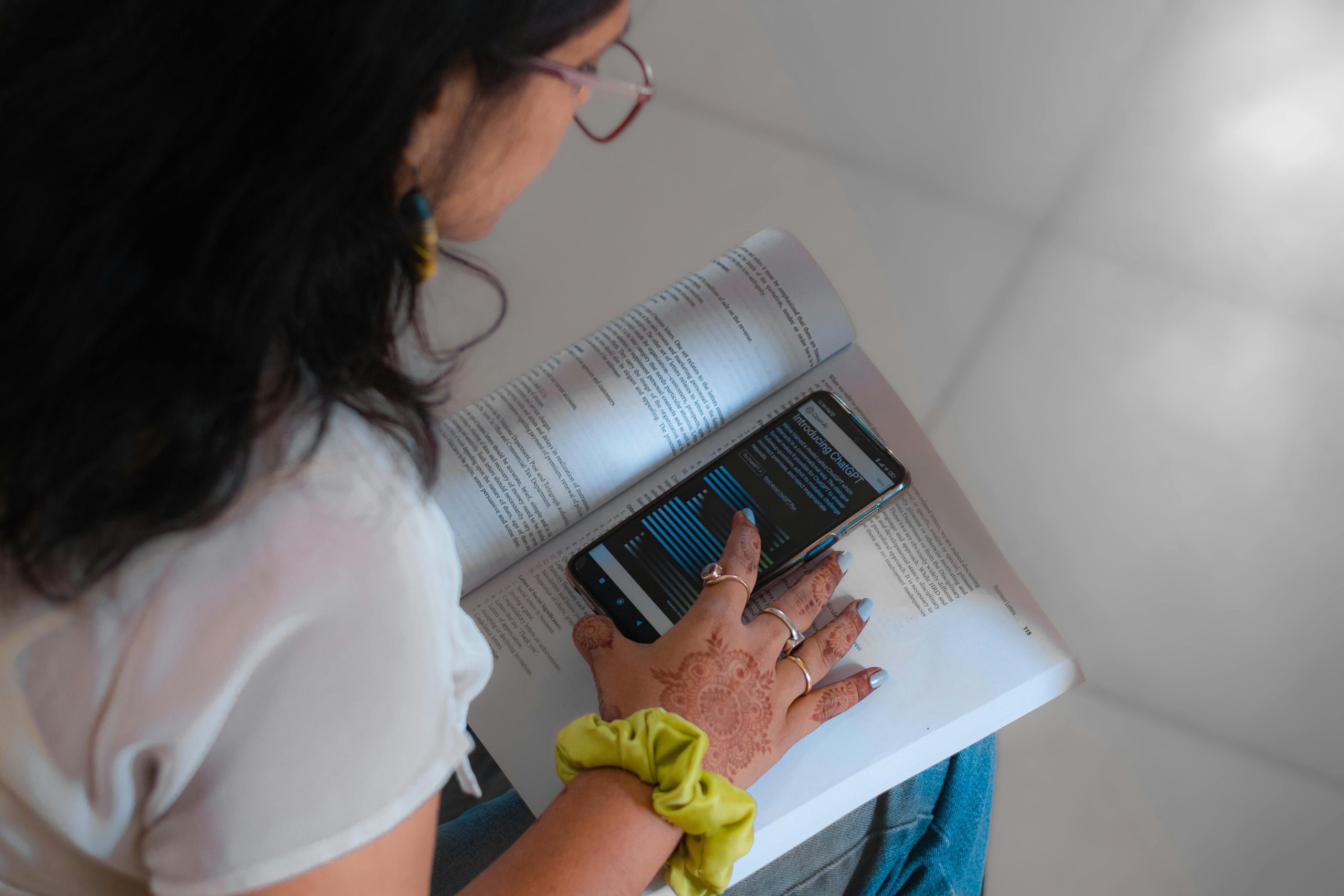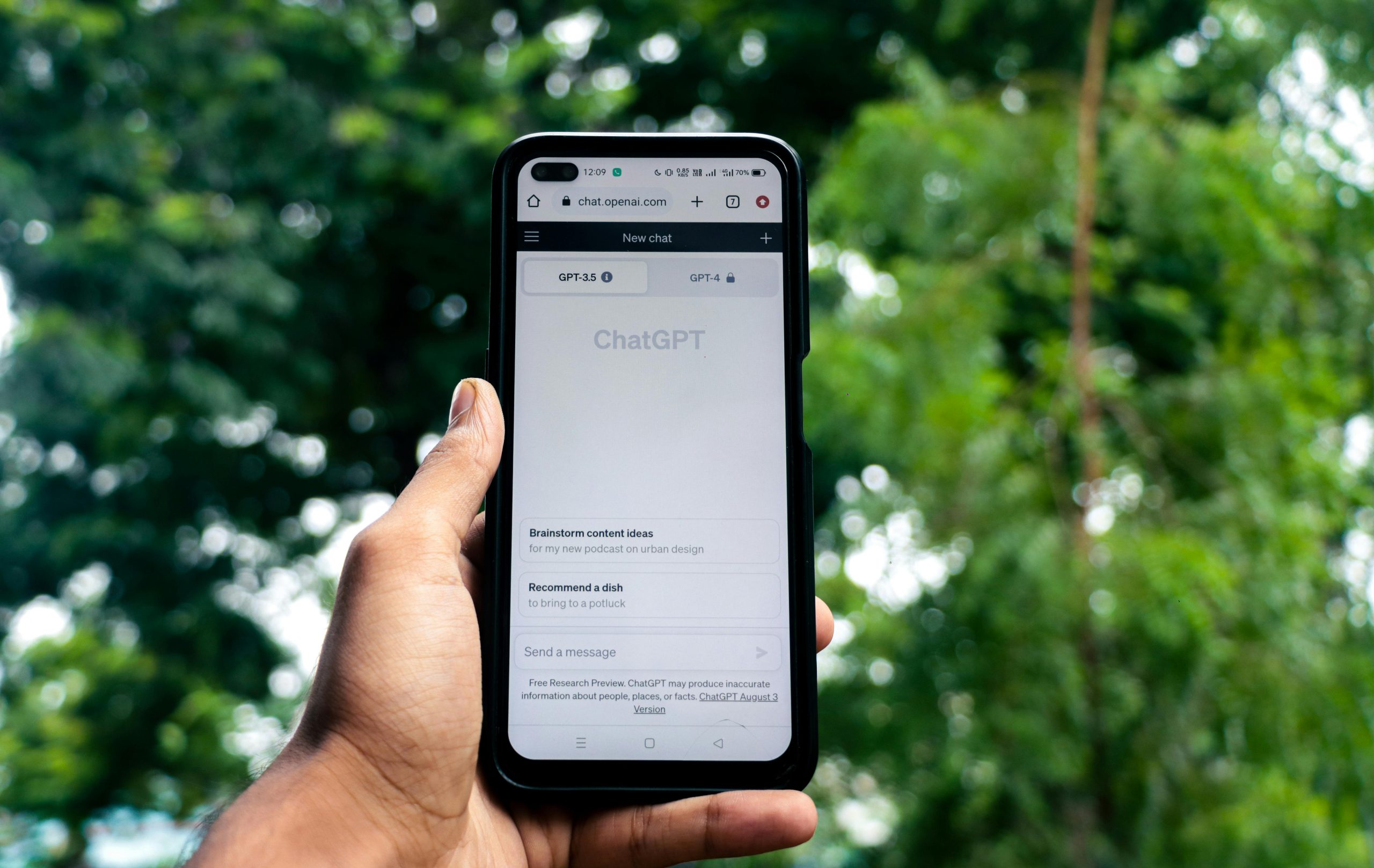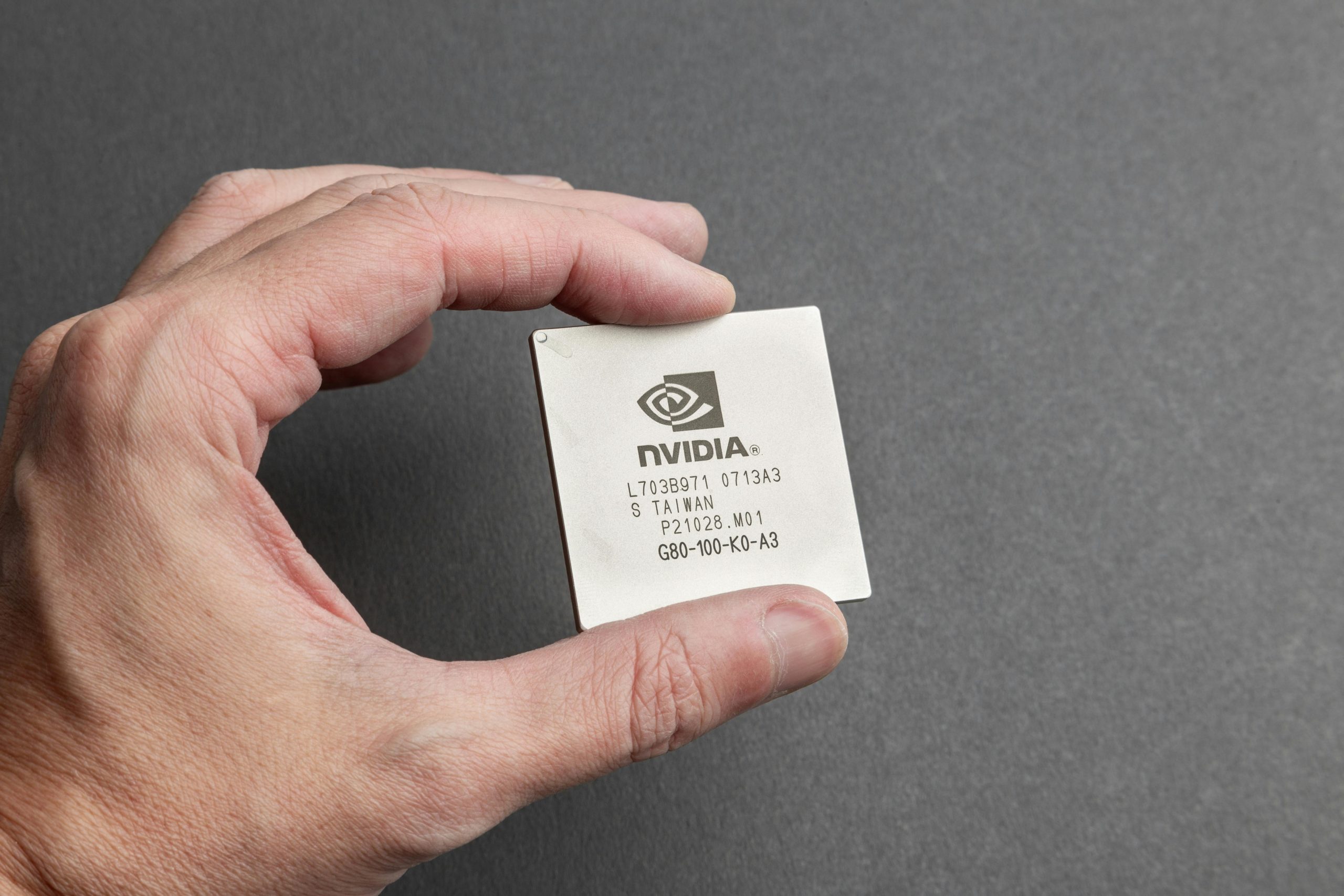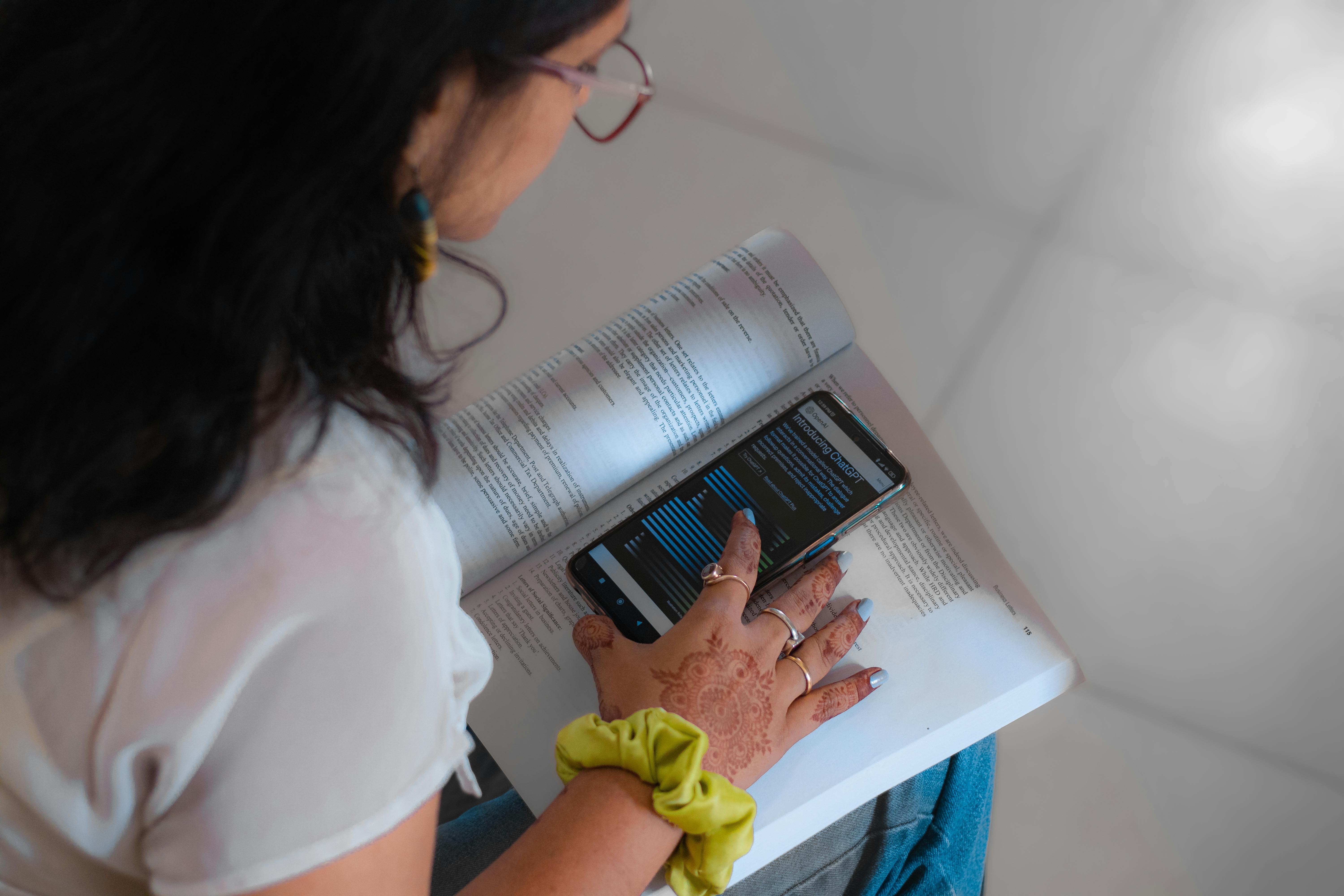
The Potential for a New Romanticism: A Humanistic Backlash
The anxieties surrounding automation and the glut of synthetic media are not leading solely to cynicism; they are also fueling a potent, reactive cultural movement. This current is often described as a burgeoning “New Romanticism,” a conscious dedication to the uniquely human elements of artistic production that technology cannot replicate or devalue. It is a cultural defense mechanism against the hyper-efficient, sterile output of the machine. It’s a societal yearning for friction.
The Craving for Inherent Flaw and the Unpolished Mark
Central to this New Romantic sentiment is a deep-seated desire for evidence of the artist’s struggle and presence—the inherent flaw, the unpolished mark, the visible sign of effort and imperfection. Just as the 18th-century Romantics prized the expression of inner life over neoclassical precision, contemporary artists are increasingly championing materiality and visible process. A smudge on a print, a visible erasure mark on paper, or a composition that deliberately eschews ‘perfect’ symmetry becomes a badge of honor—a testament to the artist’s unique, fallible human perspective set against the machine’s sterile perfection. Think of the surge in interest for analog photography or handcrafted ceramics; these aren’t just hobbies; they are statements against algorithmic smoothness.. Find out more about Crisis of provenance synthetic media.
This trend is reflected in how content is being received. Younger generations, wary of the synthetic deluge, are showing a preference for authenticity. While Millennials readily adopt AI for efficiency (52% use it at work), Gen Z harbors significant anxiety about job replacement and the broader impact of automation. This anxiety fuels a search for the un-automatable.
Reasserting the Value of Lived Experience and Personal Narrative
The defense of human art becomes intrinsically tied to the assertion that art must communicate what it means to be human—to observe, to suffer, to love, and to die. A self-portrait is not just a record of appearance; it is a distillation of an entire life’s observation and introspection, captured in the artist’s own unique “handwriting.” The New Romantics argue that art is the alchemy between reality and the artist’s soul, an inward seeing that cannot be sourced from external datasets alone. The act of creation becomes a sacred undertaking, not a trivial output, demanding a commitment to translating internal truth that mere algorithms cannot yet access or authentically simulate. This is why we value the artist’s biography as much as the finished piece; it provides the context that proves humanity.
Beyond Automation: Exploring Collaborative Potential and New Mediums. Find out more about Crisis of provenance synthetic media guide.
While the philosophical debates over authenticity are necessary, a practical and perhaps more fertile path forward involves shifting the perspective away from competition and towards collaboration. If AI tools are as powerful as they are, the most innovative artistic expression might emerge not from *human vs. machine*, but from a delicate and deliberate dance between the human director and the computational partner.
The Machine as a Sophisticated Drafting Partner, Not a Replacement
Instead of viewing generative models as usurpers poised to replace human creators entirely, they must be framed as extraordinarily advanced tools that extend the artist’s capabilities in ways previously unimaginable. Consider the historical analogy: the invention of collapsible paint tubes didn’t eliminate painters; it freed them from the studio to paint the countryside en plein air. Similarly, these new technologies can free the conceptual artist from the painstaking, repetitive labor of rendering, allowing them to explore conceptual territories with greater speed and complexity. The machine handles the heavy lifting of iteration, while the human maintains command over the overarching artistic vision and ethical oversight. This is where the future of human-AI creative collaboration is being forged.
Developing New Grammars of Interaction Between Human and Model. Find out more about Hyper-banal realism aesthetic trend tips.
True innovation in the coming years will likely stem from developing entirely new modes of interaction with these models, moving beyond simple text prompts. This involves crafting systems that allow for a more fluid, bidirectional dialogue—where the human’s subconscious input, physical gestures, or even biometric data can influence the output in real-time. The development of multimodal systems—those that seamlessly transition between text, image, audio, and 3D—is a key trend for 2025, pushing toward this unified conceptual engine. This co-creative process necessitates establishing new artistic grammars that honor the strengths of both the vast computational power and the singular human intentionality.
The Broader Societal Implications of Automated Creativity
The impact of mass-produced synthetic media ripples far beyond the gallery walls and publishing houses, touching upon fundamental aspects of human interaction and societal function. This demands attention not just from creators, but from policymakers and ethicists alike.
Dehumanization Concerns: Reducing Human Intention in the World. Find out more about Cultural implications of AI slop content strategies.
The most sweeping societal concern is that the widespread adoption of AI-generated media contributes to a macro-level reduction of intention within the public sphere. If more of the media we consume—from news summaries to advertisements to entertainment—is the product of automated statistical processes rather than conscious human decision-making, the overall texture of shared reality becomes thinner, less imbued with genuine purpose. This technological advancement risks treating human beings as less than we are—as mere consumers and responders to algorithmic stimuli, rather than as primary agents of meaning-making. This is the cultural drift where motion replaces meaning.
The Impact on Creative Education and Skill Valuation Trajectories
The democratization of image and text generation fundamentally alters the value proposition of traditional creative education. If technical proficiency in rendering or composition can be achieved instantly via a prompt, the focus in educational institutions must pivot sharply. The emphasis must shift from how to execute a technique to why an aesthetic choice is being made, focusing intensely on critical theory, art history, conceptual development, and ethical reasoning, thereby cultivating the deep well of judgment that remains uniquely human. The core competency is no longer draftsmanship; it is discernment. Understanding the philosophical roots of this shift is part of developing critical theory in the digital age.
Future Trajectories: Navigating the Next Iteration of Creative Technology. Find out more about Crisis of provenance synthetic media overview.
The current state of generative art is merely a snapshot; the technology is evolving at an exponential pace, promising even more integrated and capable systems that will further blur the lines between human and machine creation. Anticipating these shifts is crucial for responsible stewardship of the creative ecosystem. To learn more about the technical side of this evolution, research into future multimodal AI systems is recommended.
Speculating on Multimodal Integration and Embodied AI Artists
Future developments point toward hyper-integrated, multimodal AI systems capable of seamlessly transitioning between text, image, sound, and three-dimensional modeling, all directed by a unified, highly sophisticated conceptual engine. Moreover, the eventual development of physically embodied AI artists—robots capable of fine motor control far exceeding current capabilities—could challenge the argument against the erosion of embodiment entirely, forcing a reassessment of whether the process requires human hands or simply complex, observable action. For those seeking an external perspective on how technology is reshaping our worldview, a study on how TV and the internet initially altered discourse provides useful parallels.
Concluding Thoughts On Preserving the Core of Artistic Endeavor. Find out more about Hyper-banal realism aesthetic trend definition guide.
Ultimately, the conversation about art in this new age is a conversation about human value. The latest wave of technological progress does not necessitate the death of art, but it does demand a profound evolution in how we value, define, and practice it. As machines become adept at producing aesthetically pleasing facsimiles based on past human effort, the enduring relevance of human art will rest on its ability to convey unique, messy, embodied truth—that which springs not from the dataset, but from the irreducible, singular experience of living a conscious, intentional life. The story continues to unfold, making this one of the most vital cultural developments of the present moment.
Your Actionable Takeaways for Navigating the Flood:
- Be a Provenance Detective: Always question the origin of what you consume. If it’s too perfect, too slick, or too quickly produced, assume synthetic bias.
- Value the “Slop Filter”: Recognize that your time is your most valuable asset. Develop an internal filter to swiftly reject “AI slop” and dedicate your attention to high-signal, high-effort human work.
- Embrace the Flaw: When creating, champion the unpolished mark. View the “human edit” as the most valuable part of your process, securing your work’s copyright eligibility and intrinsic worth.
- Demand Better Tools, Not Just More Tools: Shift focus from *using* AI to *directing* AI. The future is in defining the *why*, not just executing the *what*.
What are you seeing most often—the hollow perfection of hyper-banal realism or the vital spark of a New Romantic creation? Join the conversation below and share your strategies for cutting through the noise.


